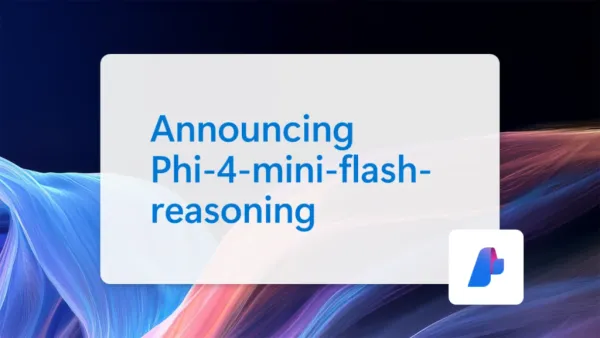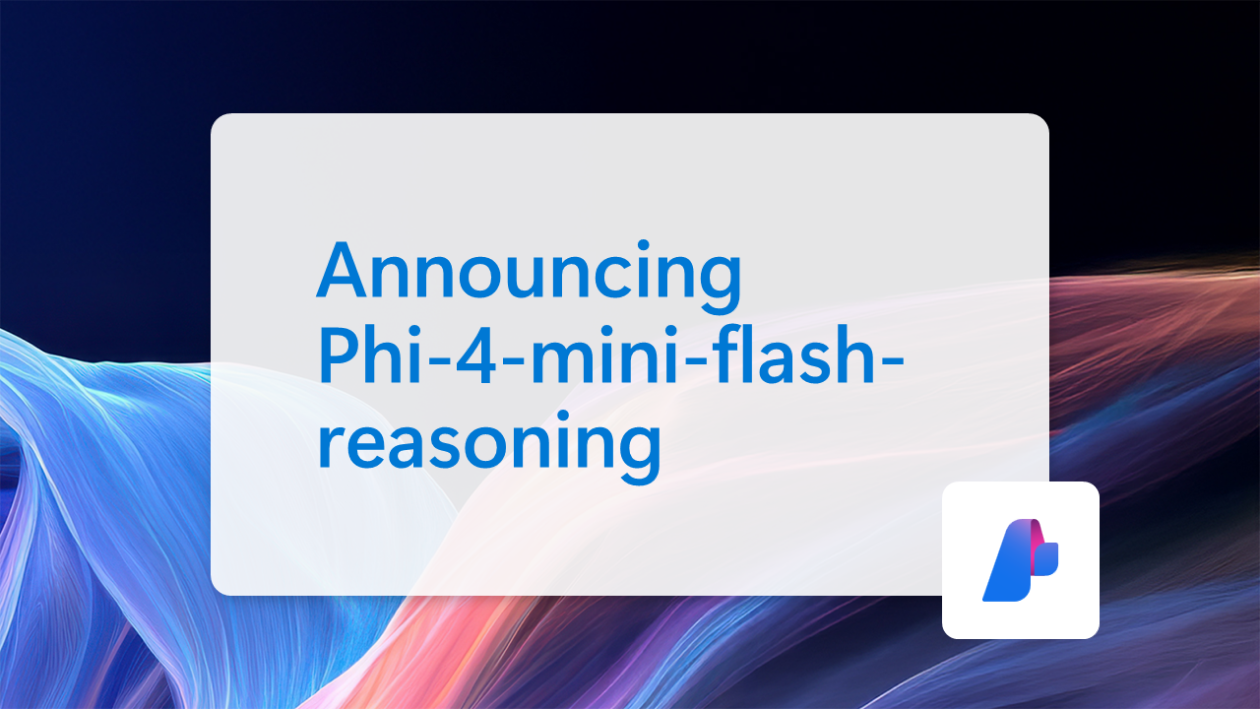Microsoft's Masterstroke: The Faster, Smarter Phi-4-mini-flash Arrives




Microsoft has unveiled another small yet powerful artificial intelligence (AI) model: Phi-4-mini-flash-reasoning. As its name suggests, the core of this model is 'speed' and 'reasoning'. It aims to deliver advanced reasoning capabilities even in environments with limited computing resources, such as smartphones and edge devices.
It has been a common trade-off that as AI models become more powerful, they demand more computing power and memory. This has limited the ability to perform complex, real-time AI functions on smaller devices like smartphones.
Microsoft's new 'Phi-4-mini-flash' was born to solve this very problem. Compared to its predecessor, 'Phi-4-mini', it boasts up to 10 times higher throughput and an average 2 to 3 times reduction in latency, all while maintaining its reasoning performance. This is a crucial advantage for real-time services where immediate AI responses are essential.
The secret behind this dramatic performance leap lies in a new hybrid architecture called 'SambaY'. The key innovation within this structure is the 'Gated Memory Unit (GMU)'. The GMU dramatically improves decoding (result generation) efficiency by efficiently sharing representations between the model's layers.
In simple terms, it's like creating an express lane that reduces unnecessary computational steps and processes only the essential information quickly. This also enhances its ability to understand long contexts (long-context retrieval). This is why, despite being a relatively small model with 3.8 billion parameters, it has demonstrated reasoning capabilities in benchmarks that surpass models twice its size.
'Phi-4-mini-flash' particularly excels in mathematical reasoning. This capability, combined with its fast response times, opens up possibilities for its use in various fields.
The emergence of 'Phi-4-mini-flash' suggests that AI can become a smarter, more useful partner beyond cloud servers and right in the palm of our hands. Microsoft is making this model accessible to developers through platforms like Azure AI Foundry, the NVIDIA API Catalog, and Hugging Face, encouraging easier adoption and application. It is time to pay attention to how this small but mighty AI will change our daily lives.
